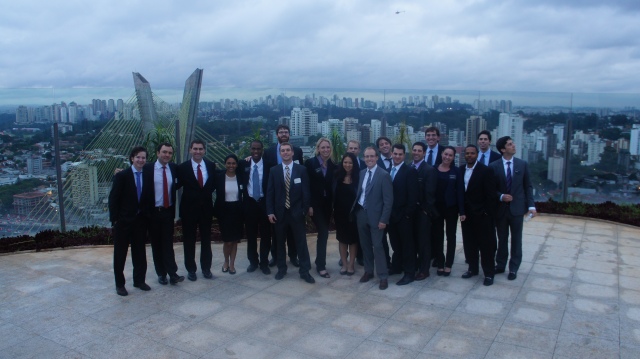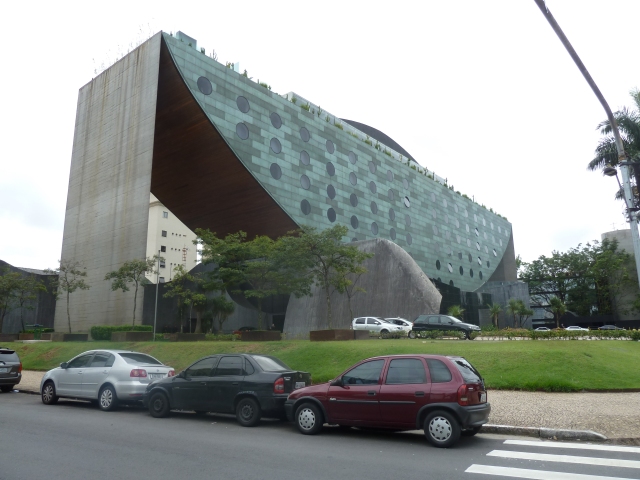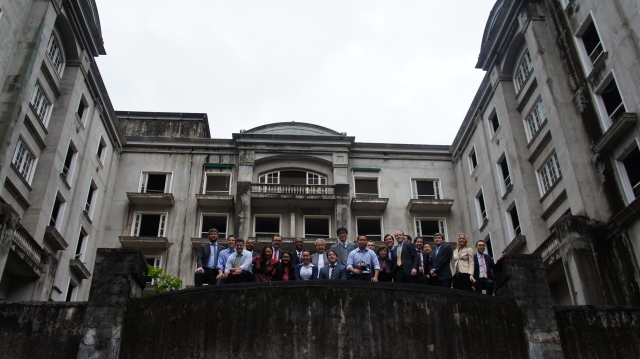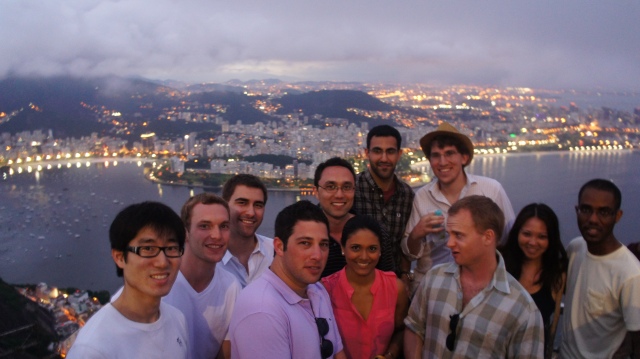After one week, two cities, fifteen meetings, four site visits, and an ungodly number of caipirinhas, I think our REA/Chazen group has gotten a basic handle on the Brazil real estate market.? From what we?ve seen, it is clear that Brazil continues to develop on the back of a large and young population, a strong consumer culture, and the opening of credit markets.? Yet, the country?s built environment will need to catch up quickly in order to support the next phase of Brazil?s growth and economic development.? In the two cities we visited, Sao Paulo and Rio de Janeiro, the existing infrastructure, commercial buildings, hotels, etc were clearly being taxed by the growing demands placed on them.? As this process of infrastructure and real estate upgrade takes place, there appear to be significant opportunities for both local and international investors alike.
Brazil?s real estate market is still very much dominated by local developers and investors, although sources of capital for institutional quality real estate are still scarce.? Established sources of real estate capital in other countries, such as pension funds and insurance companies, have not traditionally invested in real estate in Brazil due to the legacy of high bond yields resulting from rampant inflation.? Now, although some of these institutions are moving into real estate investment, the learning curve is extremely steep, with many of these institutions unaccustomed to the private equity promote structures and limited control rights employed by the fund GPs.
By the same token, there has only been limited investment in the Brazil real estate market by international institutions (save for Sam Zell and Equity International, who own or formerly owned significant stakes in several of the most successful Brazilian real estate companies).? ?A few major developers and investors, such as Tishman Speyer, Hines, and GTIS, have penetrated the market.? However, large international institutions have traditionally been at a disadvantage compared to smaller, local players who know the region and can make decisions very quickly.
This dynamic would appear to be changing quickly, though.? First off, the allure of strong returns in the Brazilian market ? several of the companies we talked to spoke of achieving mid-20s IRRs with minimal leverage ? and the growing acceptance of Brazil as a destination for institutional real estate investment should attract foreign capital in significant quantities in the coming years, especially given the low yields in the US and other developed markets.? Secondly, as the local institutions become more sophisticated in their investment strategies, an enormous source of capital for real estate investment will be released.? The continuing development and opening of Brazil?s real estate credit markets will further support the flow of funding to the industry.
Against this backdrop, which of the two cities we visited offers a better investment environment?? I?m glad you asked.? Sao Paulo is clearly the more established business and commercial center of the two cities.? There are several brand new Class A office towers under construction and at the moment office rents are at the same level as those of Midtown Manhattan.? However, the city is a sprawling metropolis and has very few barriers to entry.? The city?s core commercial center seems to shift every few years as new, higher quality offices are built.? The constantly shifting spatial dynamics result in little long term certainty regarding the investment value of a building.? Furthermore, the onslaught of new office supply may be cause for concern if tenant demand cannot keep pace.
Rio, by comparison, has served as more of a leisure destination in recent history.? However, overcrowding in Sao Paulo and the infrastructure investments for the upcoming World Cup and Olympics have been attracting increased commercial demand.? As it stands, there is very limited Class A office property in Rio, and top offices also command prices on par with Midtown given the shortage of supply.? The city is undertaking a redevelopment of an old port, Porto Maravilha, that will provide a sizeable amount of modern commercial development.? The natural constraints on the city imposed by its geography reduce the likelihood of unconstrained development, and the presence of an attractive commercial district following the port redevelopment could provide a big boost to Rio as a real estate investment destination.
??????????????? Thanks for tuning in to the blog.? Hope it has been interesting, informative, insightful and even more.? I?ll leave you with a few pictures from our trip.
James Hoeland ?13

The group meeting with Tishman Speyer
Photo by Andrea Sulyanto

Group shot on the roof of a newly completed building by Tishman Speyer
Photo by Andrea Sulyanto

The building we affectionately called ?The Watermelon?
Photo by Gary Hack

Group shot at an abandoned hotel project
Photo by Andrea Sulyanto

The obligatory Christ the Redeemer shot
Photo by Andrea Sulyanto

Group shot on Sugarloaf Mountain
Photo by Andrea Sulyanto
Like this:
Loading...
Source: http://cbschazenstudenttravel.wordpress.com/2013/03/31/reflections-on-brazils-real-estate-market/
sam young ramon sessions portland trail blazers blagojevich new mexico state kevin rose sessions
No comments:
Post a Comment
Note: Only a member of this blog may post a comment.